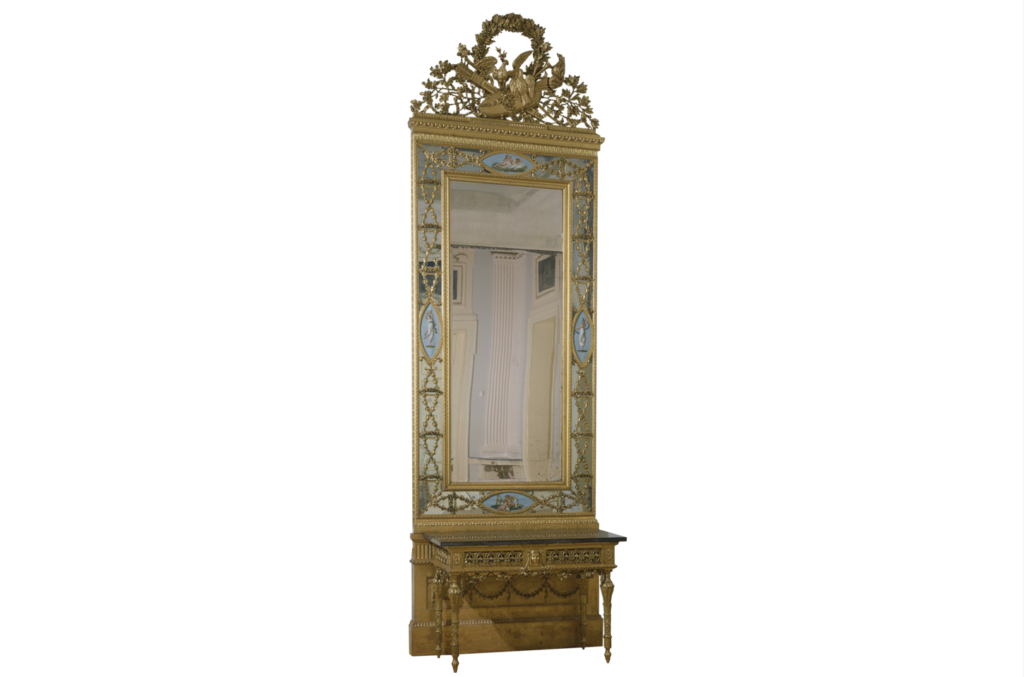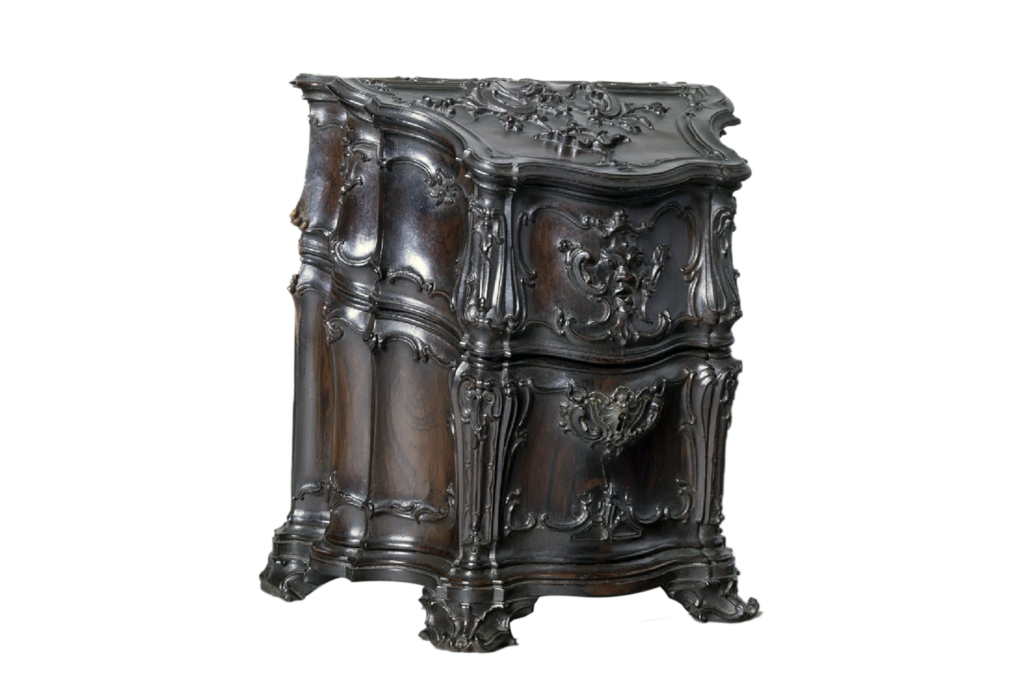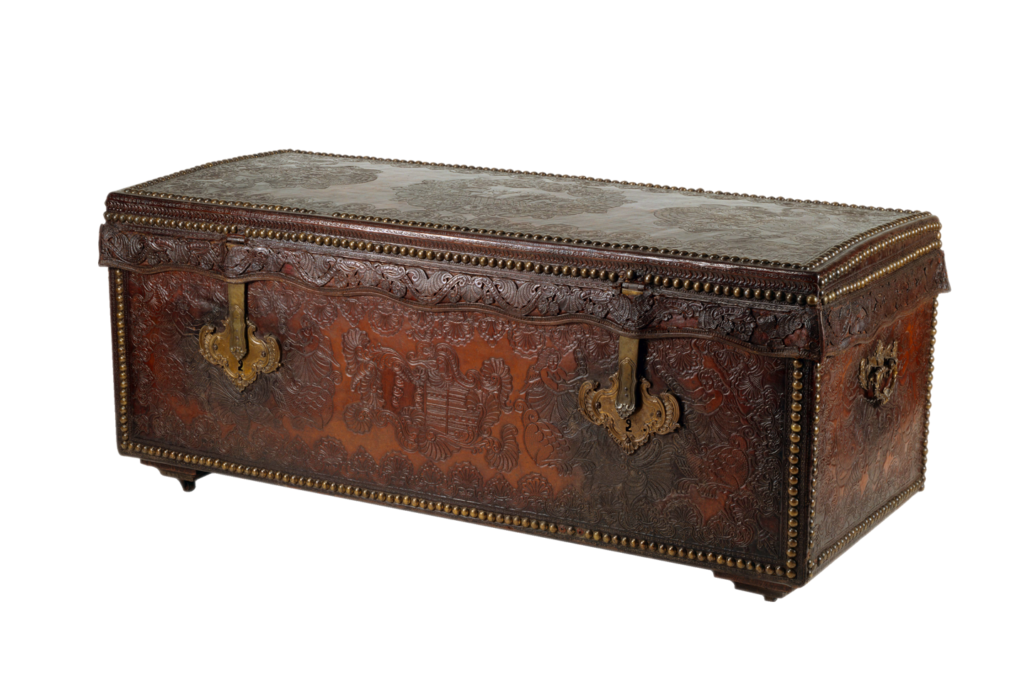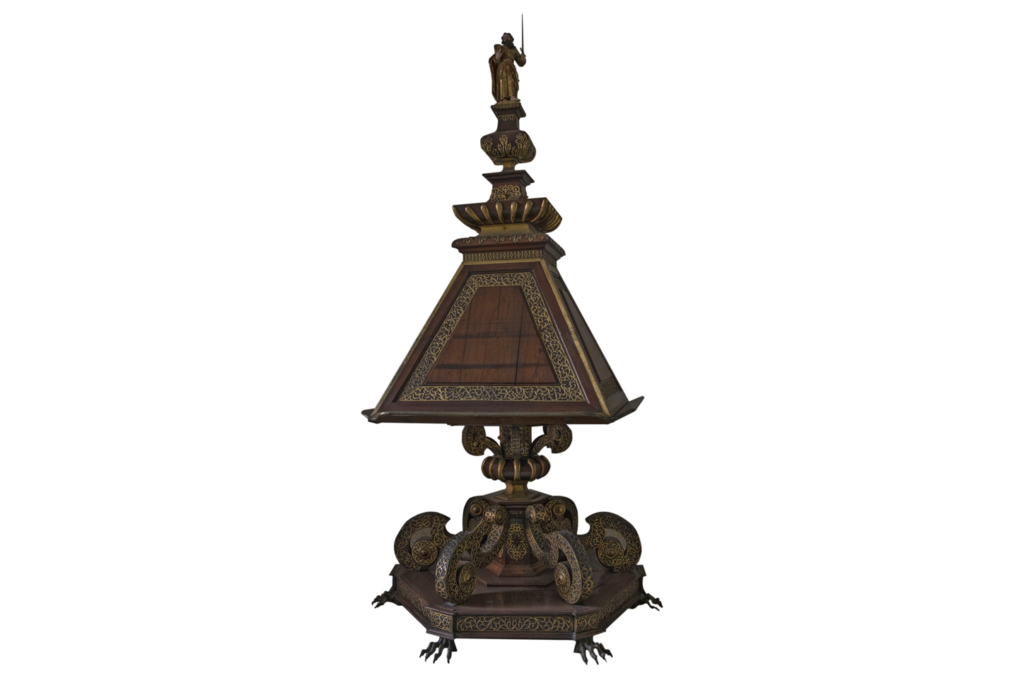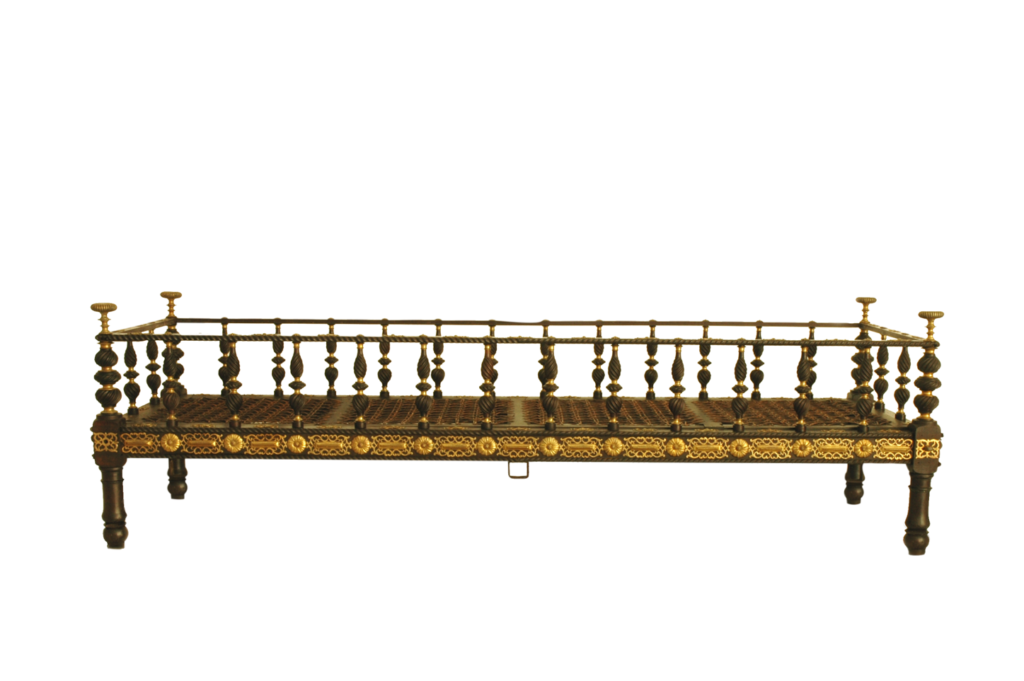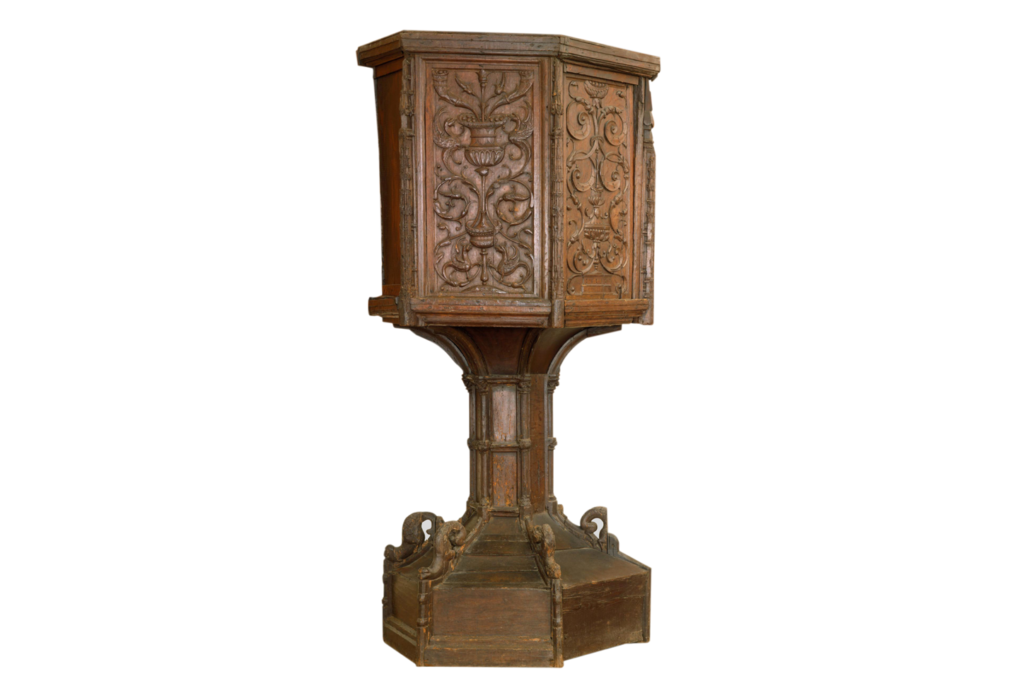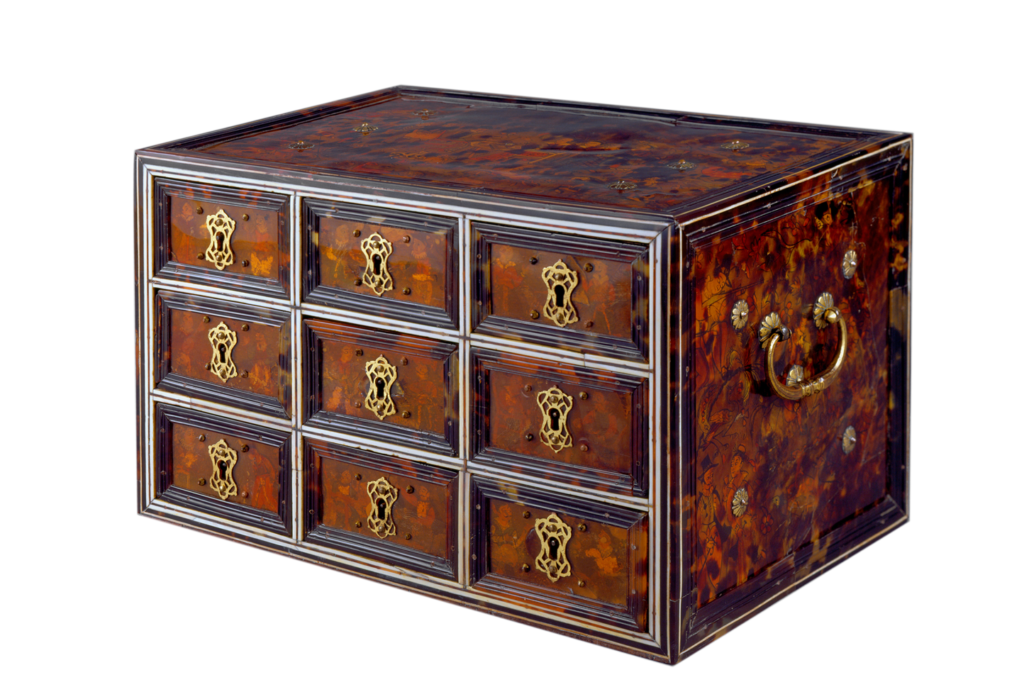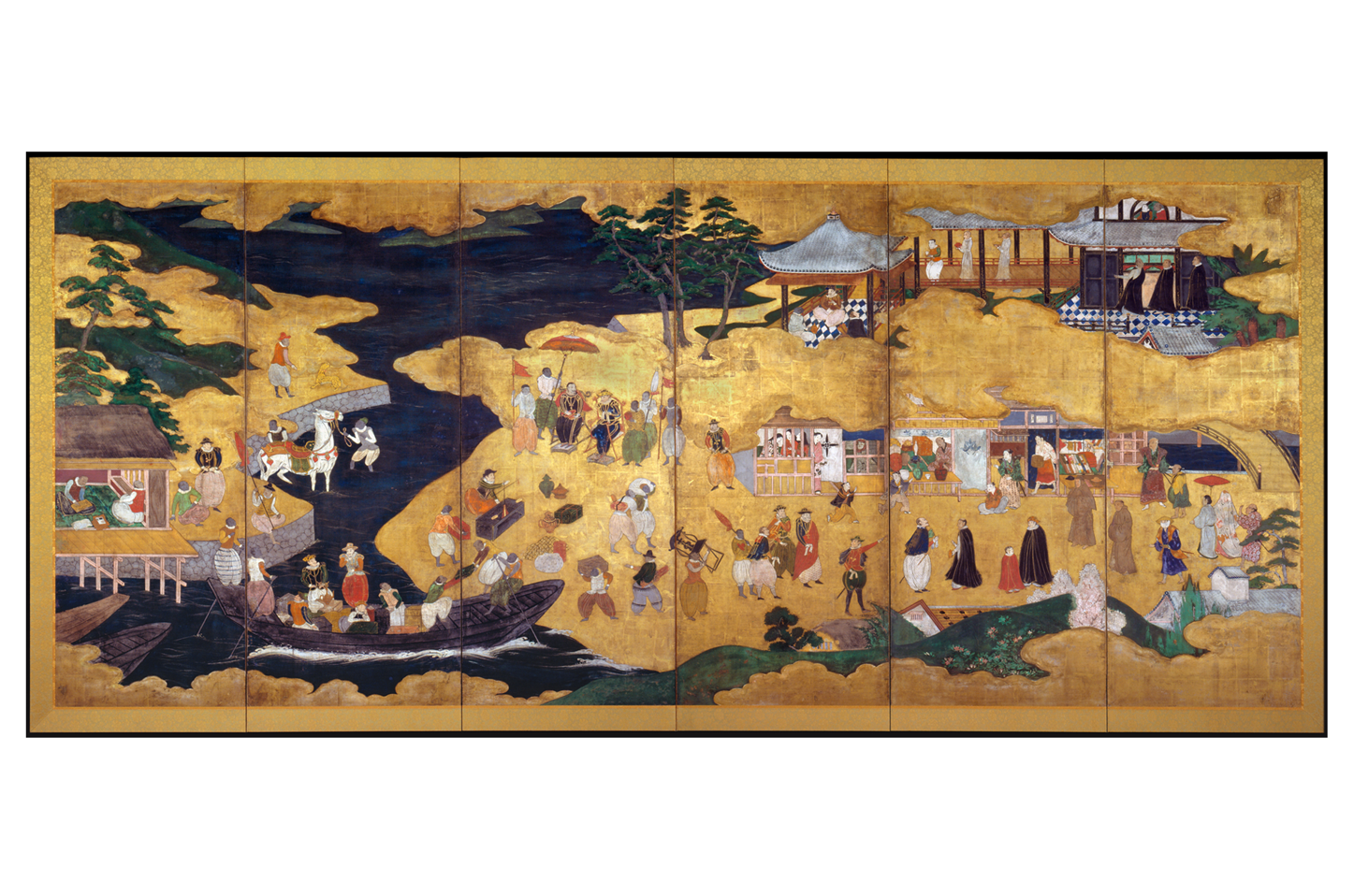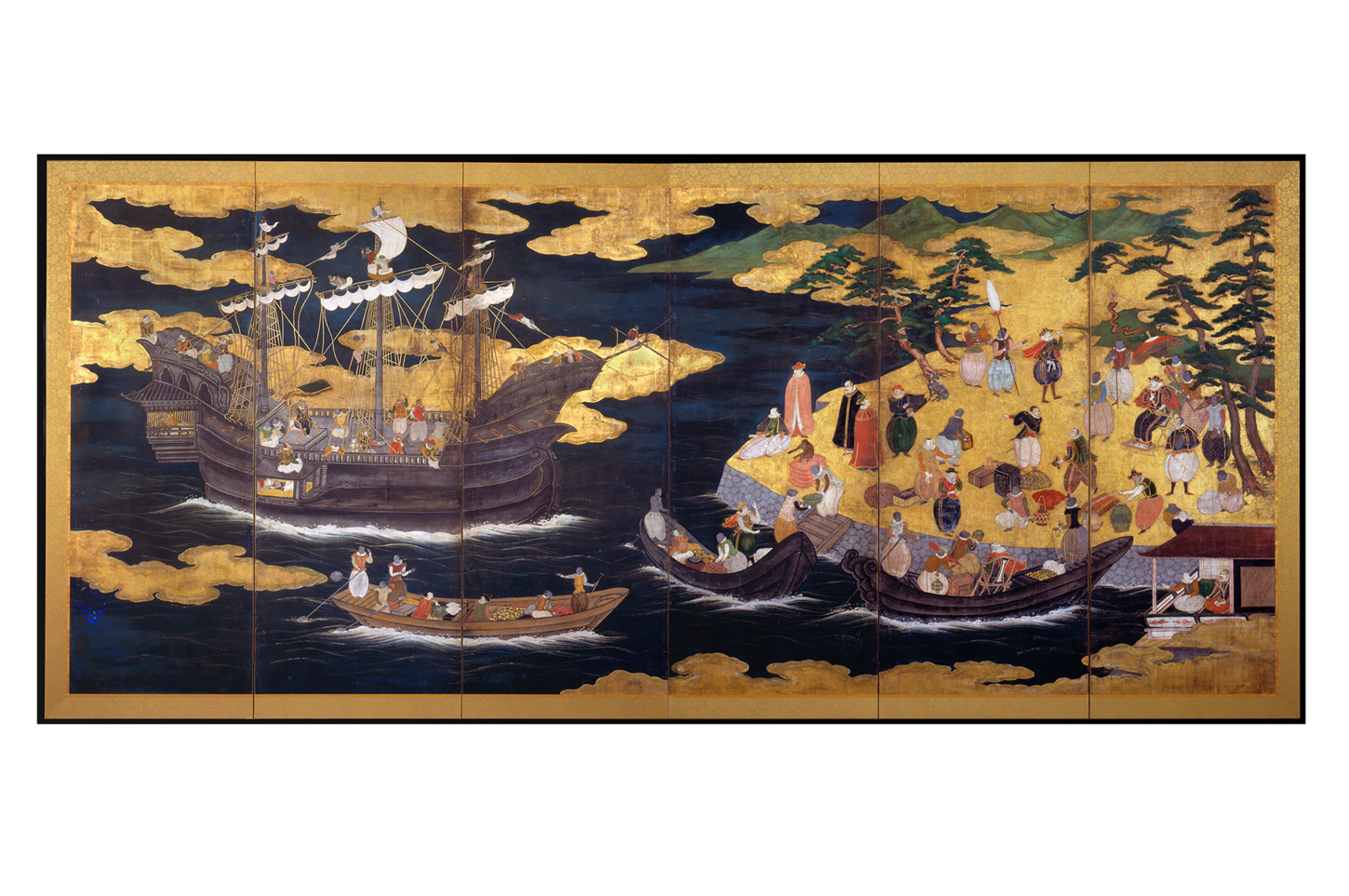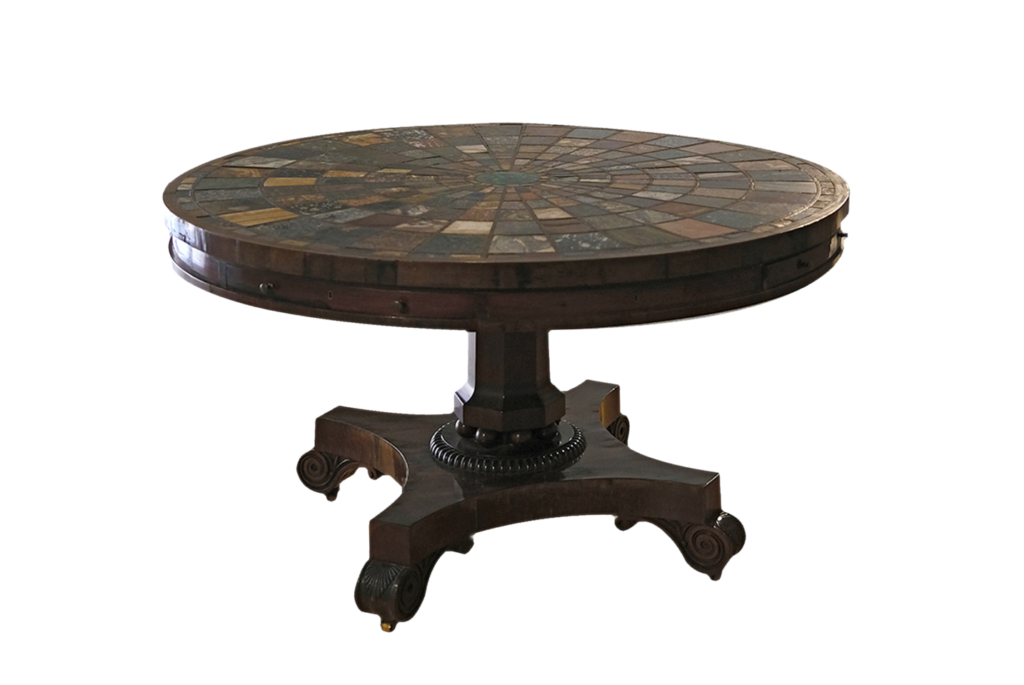
In 1838, this table belonged to the João Allen Museum in Porto, where it was classified. Probably made in England, the top has 273 rare and ancient lithotypes from Italy, from emblematic archaeological sites, such as Herculaneum, Pompeii and the outskirts of Rome. At the time, the table had a catalogue classifying its different types of marble, which was lost, but which recent classifying studies have recovered. It followed precursor examples of mid-18th century models, which fulfilled a cultural and scientific programme that defined the Grand Tour, revealing a fascination both for the emblematic sites of antiquity and the study of the natural sciences.

